Introduction :
Tomb Raider is a series of action-adventure games developed by Crystal Dynamics and published by Square Enix. The series has been around for over two decades and has undergone numerous changes in both its graphics and storytelling.
In this essay, we will explore the evolution of Tomb Raider’s graphics and stories over the years.
Gaming :
The first Tomb Raider game was released in 1996, and it introduced us to the character of Lara Croft.
Graphics were impressive for its time, featuring 3D environments and a polygonal character model for Lara.
He was a hit, thanks to its innovative gameplay mechanics and engaging storyline.
The game followed Lara as she explored ancient tombs and ruins in search of valuable artifacts.
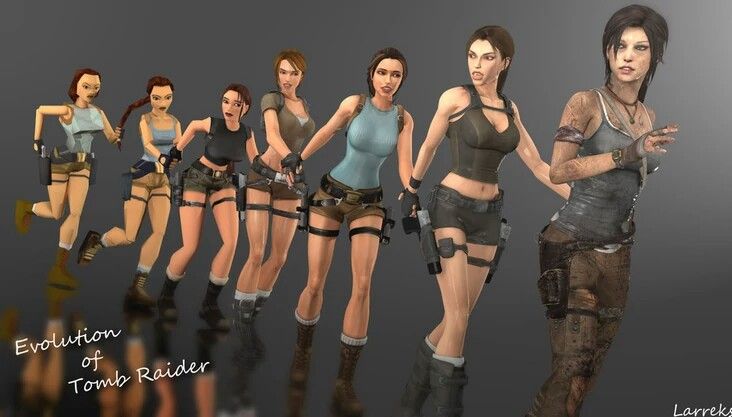
Tomb Raider II, was released in 1997. Featured improved graphics, with more detailed environments and better lighting effects. Also introduced new gameplay mechanics, such as vehicles that Lara could use to traverse larger environments. Story followed Lara as she searched for the Dagger of Xian, an ancient artifact that granted its wielder immense power.
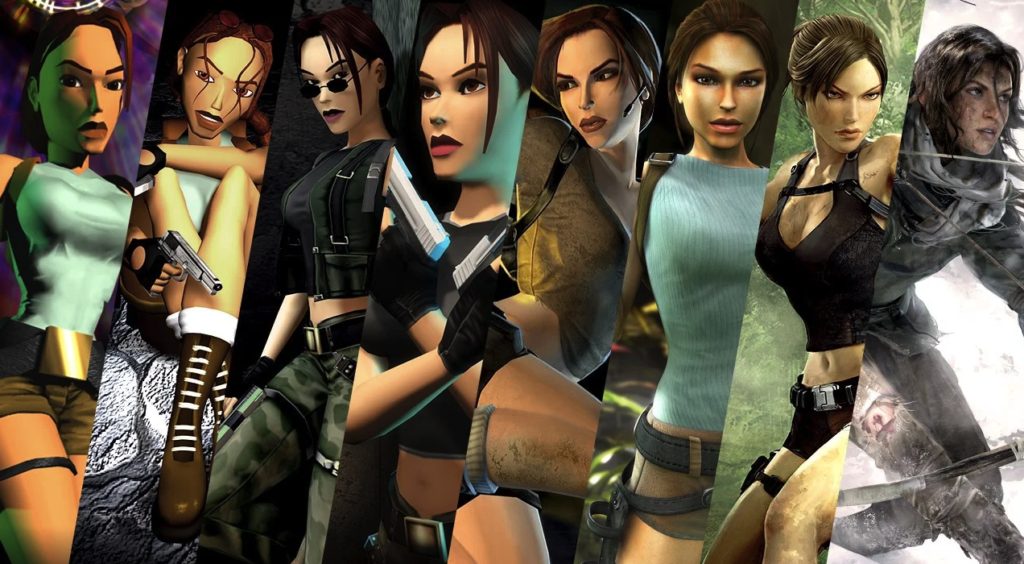
In 1998, Tomb Raider III was released. Game’s graphics were further improved, with more detailed environments and more realistic character models. The game also introduced new mechanics, such as the ability to select different outfits for Lara.
Unique abilities :
Lara Croft as she uncovered a conspiracy involving a mysterious artifact known as the Eye of Isis.
In 1999, Tomb Raider: The Last Revelation was released. The game featured even better graphics, with more realistic character models and environments. The game also introduced new gameplay mechanics, such as the ability to crawl, which allowed Lara to access previously inaccessible areas, uncovered an ancient Egyptian prophecy that foretold of a great catastrophe that would befall humanity.
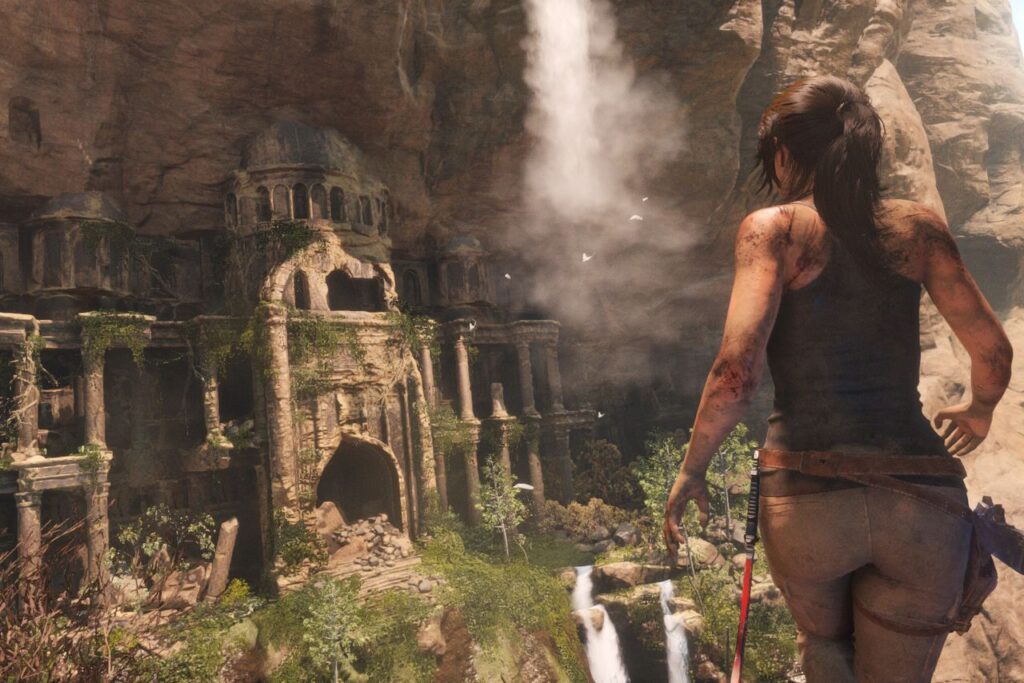
In 2000, Tomb Raider Chronicles was released. He was the last to feature the classic gameplay mechanics of the early games in the series. The graphics were further improved, with more detailed environments and more realistic character models. Also introduced new gameplay mechanics, such as the ability to perform wall runs and use zip lines, uncovered secrets from her past and embarked on one final adventure.
In 2006, Tomb Raider: Legend was released a complete reboot of the series, featuring a new graphics engine and a new storyline & graphics were some of the best of its time, with highly detailed environments and realistic character models. searched for artifacts related to her mother’s disappearance.
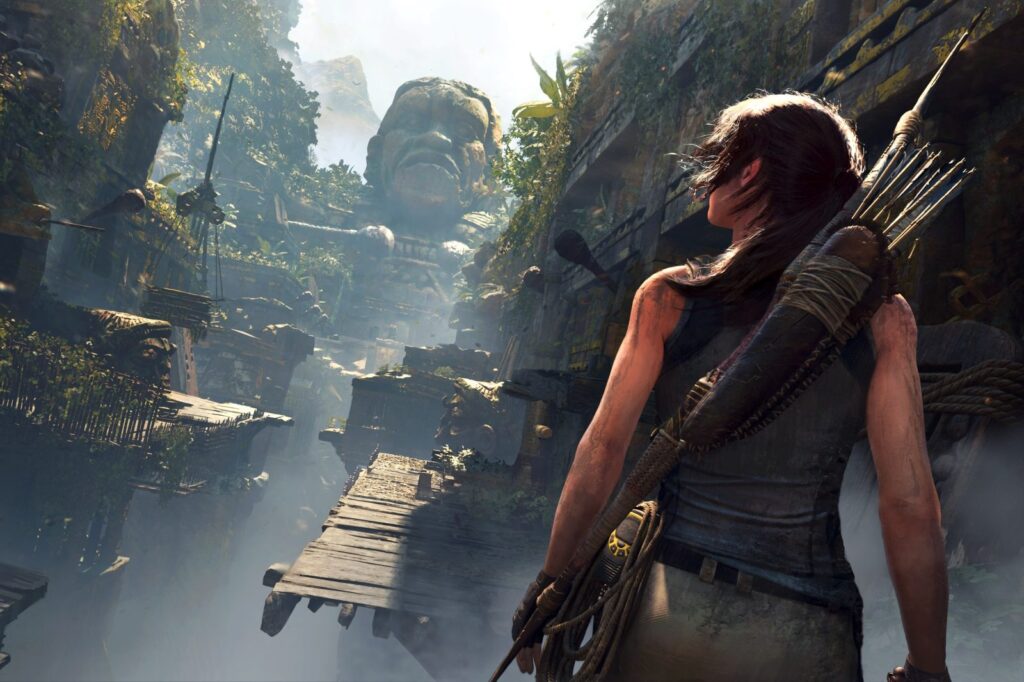
In 2008, Tomb Raider: Underworld , Featured further improvements to the graphics engine, with even more detailed environments and realistic character models. Story continued where Legend left off, with Lara uncovering the secrets of an ancient civilization.
In 2013, the series was rebooted once again with Tomb Raider, featured a complete overhaul of the graphics engine, with highly realistic environments and character models.
Young and inexperienced Lara as she struggled to survive on a mysterious island after her ship crashes & critical acclaim for its storytelling, graphics, and gameplay mechanics.
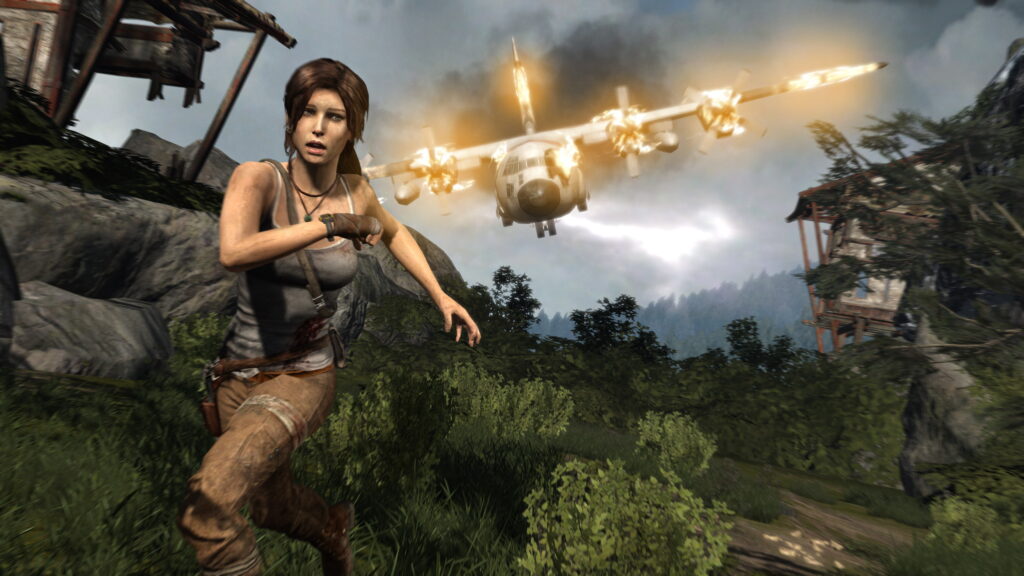
Conclusion :
Tomb Raider series has evolved greatly over the years, with improvements to its graphics and storytelling. Each game in the series has its strengths and weaknesses, but they all share the same attention to detail and love for storytelling that has made the series so beloved by fans.
The series has come a long way since its debut in 1996, but it remains one of the most iconic and beloved action-adventure franchises in gaming history.
Console: PS4, PC STEAM, XBOX, PS5
Gameplay in Youtube:


1 Comment
Comments are closed.